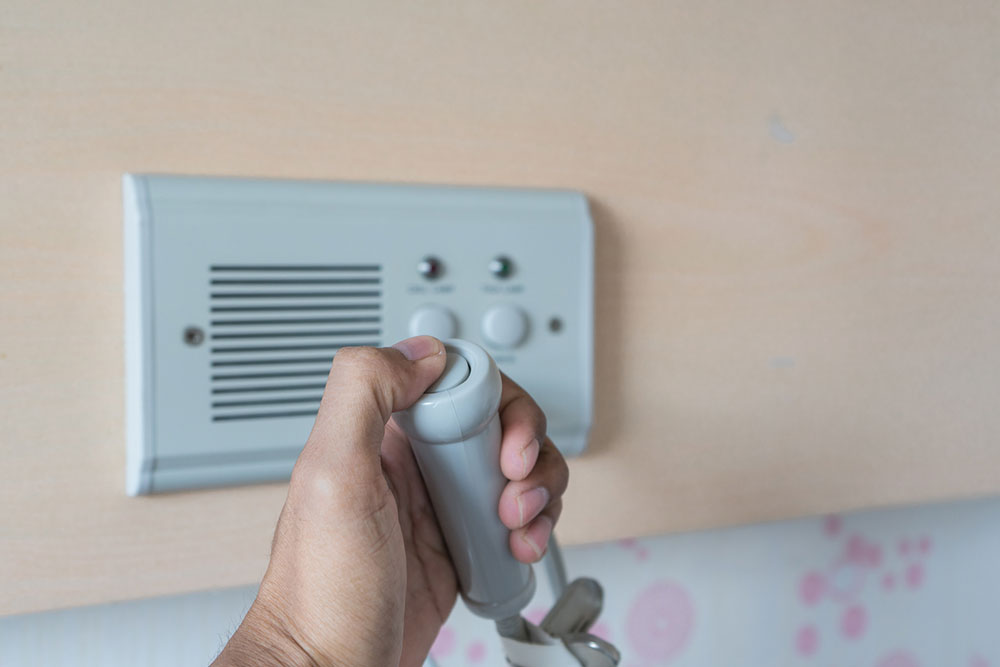6 errors to avoid when considering a medical alert system

Medical alert systems are devices that can provide life-saving care to seniors whenever required. With these devices, seniors will not have to struggle to get medical assistance during an emergency. Yet, it is important to choose the right device and use it in the right way to get the most out of it. To do that, one should avoid a few common mistakes when considering buying and using a medical alert system.
1. Delaying the purchase
A key mistake to avoid with medical alert systems is not buying them until after dealing with an emergency. Aging can increase the risk of falling and health issues that require immediate medical attention. When these issues develop, one may not always be able to reach the phone or call for help. This is where medical alert systems come in. They are typically wearable devices, available in the form of bracelets or pendants to make it easy to access them in an emergency. However, one may consider investing in the device until they face an emergency. It is only then that they realize the risks of not having an emergency alert system in place. But, instead of delaying the purchase, it is better to invest in a medical alert system without waiting for health issues to worsen. One can look for signs indicating the need for this system, such as a decline in physical strength, mobility, vision, and balance. One must also consider investing in these systems as soon as they are diagnosed with a medical condition that may require them to seek urgent medical attention at any time.
2. Believing cell phones to be good alternatives
One may believe that if they have a cell phone, they do not need a medical alert system. But this is a mistake. A cell phone is not a good alternative to a medical alert system. Unlike a phone, medical alert devices can be worn at all times, as they can come in the form of pendants, bracelets, or other wearable devices. It is not that easy or convenient to carry a cell phone all the time. Also, one may not always be near a phone if they experience a fall. So, for these reasons, a medical alert bracelet or pendant is the best option. Also, one would only need to press a button to get assistance via the device as opposed to the slightly longer navigation required for a cell phone. Finally, most medical alert devices come with fall detection. This is incredibly useful if the user loses consciousness. Here, the system automatically detects the fall and sends an alert seeking help. A cell phone may not have this feature, making it an unsuitable alternative to medical alert systems.
3. Skipping research
Before buying a new medical alert system, it is better to do some research. One must begin the search by looking up reliable brands selling these systems. One can shortlist good brands by checking customer reviews online. One can also ask family members and friends who may have bought similar devices for recommendations.
4. Choosing the wrong type
During the initial research, one must explore all the features offered by the shortlisted medical alert systems. This will allow one to choose a system that aligns with their and their loved ones’ needs the best. For instance, plenty of medical alert systems are designed to send alerts or make calls directly to emergency services. However, at times, one may need the device to alert the loved ones and not emergency services. Life Alert medical alert systems can address this issue by notifying loved ones upon detecting an emergency. Additionally, these medical alert systems are waterproof and equipped with long signal ranges to protect seniors around the home. So, one must consider all the features a medical alert system offers and also assess personal requirements to choose the right option.
5. Overlooking money-back guarantee plans
When looking for new medical alert systems, one should consider going for brands that offer money-back guarantee plans or similar risk-free trial periods. Such plans allow one to use the device for a while and see if it is the right option for them. If the device does not work as advertised or does not meet one’s expectations, one can return the system and also get their money back. These plans can usually be accessed for a limited time after making the purchase, but they can still be beneficial if the system does not work as expected. While good warranty coverage also protects one’s investment, if one notices issues with the device, they will not be able to return the device.
6. Signing a long-term contract
When buying a medical alert system, one may have to sign a contract with the brand. Here, it is important to carefully review the terms and avoid signing long-term contracts that last for a couple of years. This is because if one is not happy with the system or the service, they can not cancel the contract during this period. So, it is better for one to consider going for brands that offer cancellable contracts or ask one to renew the contract on a month-to-month basis.







